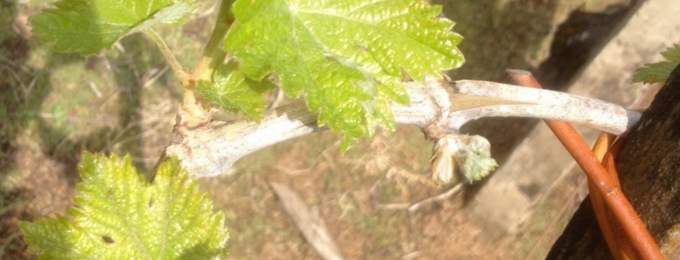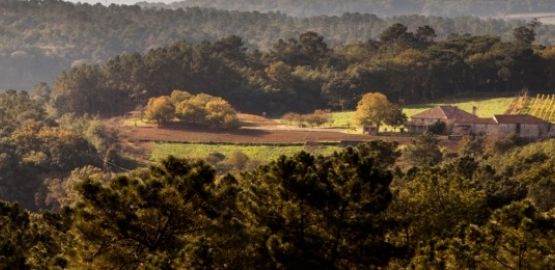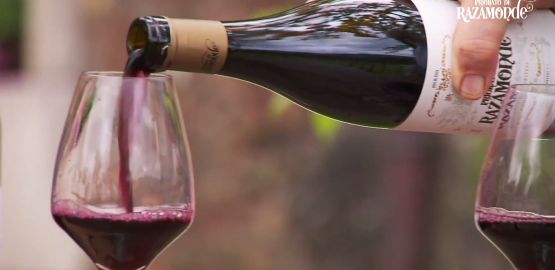
To get to the harvest, the vines that produce our favorite wine, Ribeiro, have to make their way from one season to another. During each season there are interesting changes in the vine and then the fruit. In the last post, we told you how the graft was performed. Now we explain the second stage of the process to produce the magic of wine, sprouting.
When budding takes place depends on several factors: location, temperature and type of grape. The warmer the climate, the earlier it is. The vine remains asleep until the tiny bud or bud comes to light. Budding occurs when those little buds on each vine begin to grow in early spring. This is the time when the vine growing season starts and usually starts first with white wine varieties and the red varieties a few days or weeks later.
The shoots begin to grow on the bare branches, the woody branches of the vines. Just when sprouting begins is when the vine is most fragile, because the new stems are tender and thin. A frost or a storm can damage them and prevent the proper growth of the grape.
The foliation or appearance of the leaves occurs just after in April and May. The leaves perform vital functions during the grape cycle: transpiration, respiration, and photosynthesis. Acids and sugars are also formed in the leaves, which will then be transported to the vagus and on which the taste and quality of the wine will largely depend.
At that time, it is when the vine growers take the opportunity to repair the trellises and the pickets or stakes that are often used in the Ribeiro as support for the vine shoots. In Priorato de Razamonde, we take care of white grapes (treixaduras, godellos and loureiras) and red (sausón and godello) and without a doubt, the key to our renewal is a return to the origins, so we only grow the old varieties of the Ribeiro.
At that time, it is also when the grafts that we have talked about in the previous post are performed. You can check it here.




